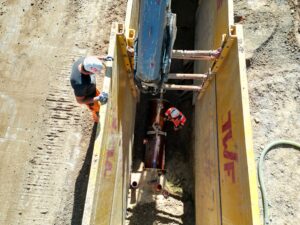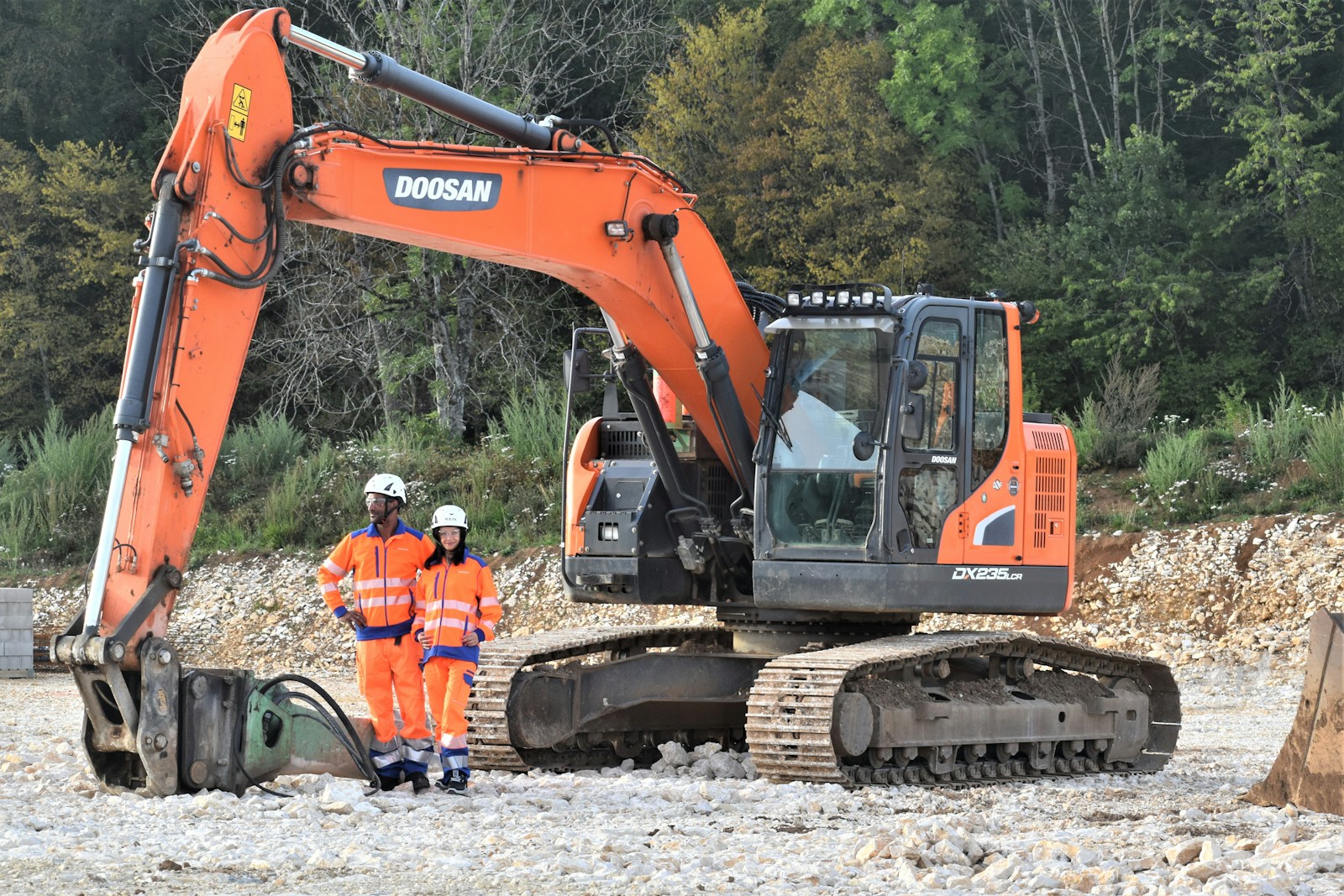With 92million tonnes of textile waste produced globally each year, companies have an environmental duty of care to buy hard wearing uniforms. One manufacturer believes it has the answer.
As the world grapples with mounting environmental challenges, industries across the globe are being forced to confront their consumption patterns – workwear included. For years, the workwear sector has been rooted in a ‘buy it, wear it, discard it’ mentality, contributing to a rising environmental footprint.
According to The Global Fashion Agenda every year, 92 million tonnes of textile waste is produced globally. With the growing call for sustainability, it’s time to rethink how we approach workwear and its role in a more sustainable future.
The answer, in part, lies in a shift towards responsible consumption. At the heart of this transformation is a commitment to durable, high-quality products that are designed to last. But it doesn’t stop there – responsible consumption also means focusing on the lifecycle of the product, including reuse and recycling at its end of life.
For many companies, the change will start with understanding the financial and environmental benefits of investing in long-lasting workwear. It is a false concept that higher quality or more sustainable workwear necessarily means more expensive. While the initial investment is sometimes higher (but not always) – it’s more important to recognise that the total cost of ownership is lower when garments last longer. A product that can withstand repeated use and wear not only reduces waste but also supports long-term cost efficiency.
Yet, this shift requires more than just a change in mindset within businesses. It’s crucial for manufacturers, supply chains, and consumers to work collaboratively toward this goal.
By encouraging responsible purchasing and supporting product life extension, we can collectively take steps towards reducing waste and optimising resources.
Sustainability is not just about using fewer resources – it’s about rethinking the way we design, produce, and dispose of our workwear. The future of sustainable workwear must focus on products that are not only made to last but are also fully recyclable at the end of their lifecycle.
This focus on circularity will create a workwear ecosystem where old garments are returned to the production process, rather than sitting in landfills for decades.
Innovation in sustainable materials is also a key enabler of this transition. Manufacturers are increasingly exploring fabrics and production methods that have a lower environmental impact. This includes the use of recycled fibres, sustainable dyes, and water-saving processes.
By incorporating these innovations into workwear lines, businesses can create a positive environmental impact while meeting the demands for high-performance clothing.
The challenge of achieving responsible consumption within workwear will not be an overnight process. It will require ongoing education, collaboration, and a willingness to adapt. But with the right strategies in place, we can move toward a more sustainable model that benefits businesses, workers, and the planet alike.
Ultimately, sustainable workwear is not only possible – it’s essential. By prioritising durability, recyclability, and ethical practices, we can set a new standard where workwear is both functional and environmentally responsible, paving the way for a more sustainable future for generations to come.
By David Snelling, Managing director for workwear specialist Fristads UK and Ireland.
Image: Daniele La Rosa Messina
More features and opinion:


















